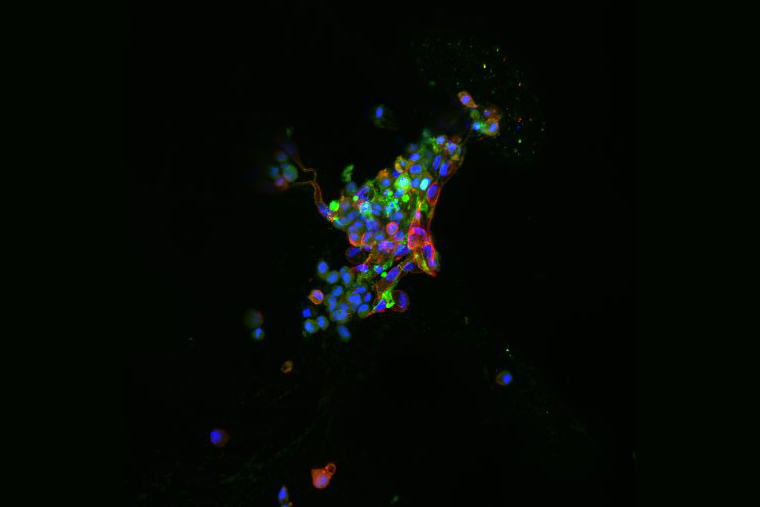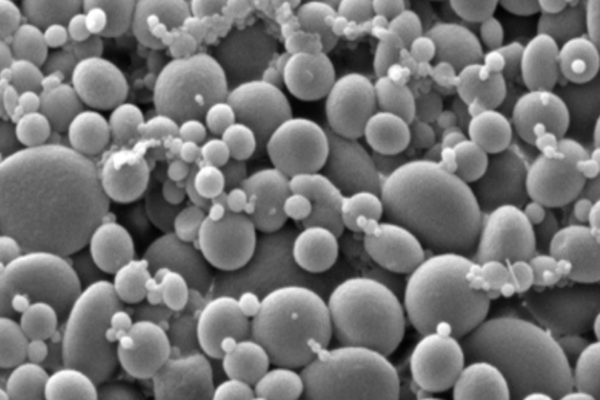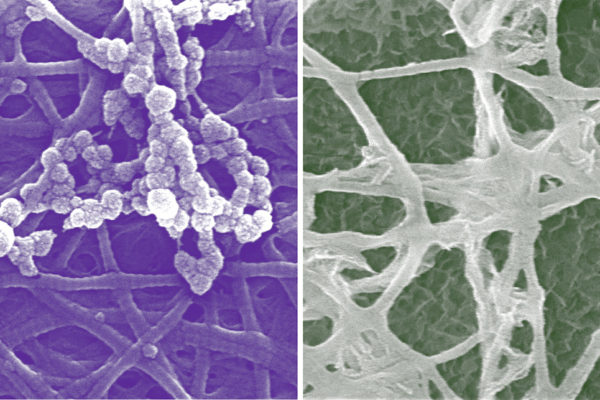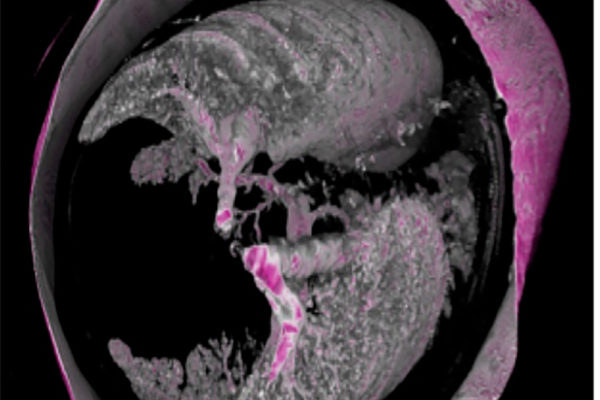Intervertebral discs provide load support and motion between vertebrae in the spine, but when they start to break down and compress due to aging, disease or injury, a person experiences significant pain and reduced mobility. An interdisciplinary team of researchers at Washington University in St. Louis found a way to deliver new cells to the cushioning material in intervertebral discs that may restore their height, which could reduce pain and improve mobility.

Lori Setton, the Lucy & Stanley Lopata Distinguished Professor of Biomedical Engineering and chair of the Department of Biomedical Engineering in the McKelvey School of Engineering, led a team of biomedical engineering researchers in the McKelvey School of Engineering and researchers from the Department of Orthopaedic Surgery in the School of Medicine to develop a hydrogel modified with peptides that control cell attachment and cell fate.
This “bioactive” hydrogel is designed to mimic the hydration of the nucleus pulposus (NP), the jelly-like substance inside the vertebral discs, and is biocompatible for cell delivery and support of cell survival. In addition to delivering cells, the hydrogel is also designed to present signals to the delivered intervertebral disc cells that support matrix synthesis.
The research was published July 6, 2001, in the journal Acta BioMaterialia.
Read more on the engineering website.



